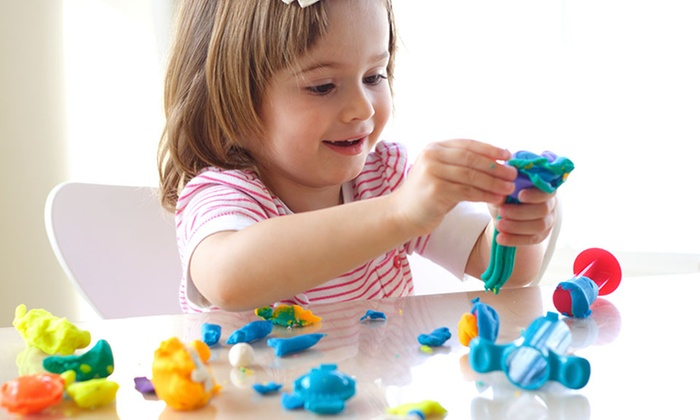
Clay is one of the most abundant natural resources. It can be found in many places and it has so many uses and significance. Clay is used in agriculture for planting albeit this is not too common. Perhaps the most popular use of clay is in art and production. Most of the materials that we see around are made from clay. Tiles, flower vases, cups, plates, etc.
There are different clay types. Examples are plastic clay and sandy clay. Modelling clay is used in sculpting and building. This type of clay gets it strength through the application of heat. It is usually heated in a kiln until it becomes massively strong. Modelling clay usually dries in air.
Useful tips for preparing clay for modelling
To prepare clay, materials have to be mixed and particles have to be crushed. This is not forgetting the fact that there is a need to eliminate large stones.
As far as preparing clay for modelling is concerned, there are four different approaches. These are
- The wet method
- The plastic method
- The dry method
- The semi-dry method
Let us look at each of these methods in details.
- The wet method: The wet method of preparing clay involves dissolving the material in water. With this method, casting is the only option available as far as forming the slurry is concerned. We all know that casting is not cheap.
- Dry method: The dry method is used for producing tiles. This method involves crushing and pounding clay until a fine powder that can be dry pressed is formed.
- Plastic method: This method is very common in the brick industry. Potters and makers of stove also use the plastic method. Clay has a bit of moisture content and this is what is used in this method. However, some types of clay are very dry and may require adding a little drop of water. The plastic method is very easy to understand and it does not cost anything because no equipment or machine is needed. On the flipside, if there is need to mix different clay types, this approach could be very stressful and time-consuming. Also, it is almost impossible to get a homogenous mixture under such a condition. Only use the plastic method if you are working with clay that soaks up water with ease.
- The semi-dry method: The semi-dry approach is a combination of the features of plastic method and dry method. The clay has to be crushed until a fine powder evolves. If you want to add foreign materials such as sand, you can do so and mix it with the crushed clay. After crushing and mixing, the powder clay has to be sieved to eliminate particles before the introduction of water to obtain a plastic mixture. The major advantage of the semi-dry method is that it produces a homogenous mixture.
In deciding which method to use, you have to consider the type and quality of the clay you want to work with, quantity of material available, the availability of clay preparation equipment, etc. Also, your skill and ability should be a consideration. However, most people tend to use the plastic method frequently. The quality of the raw material should be judged based on how well it retains water or slake.



